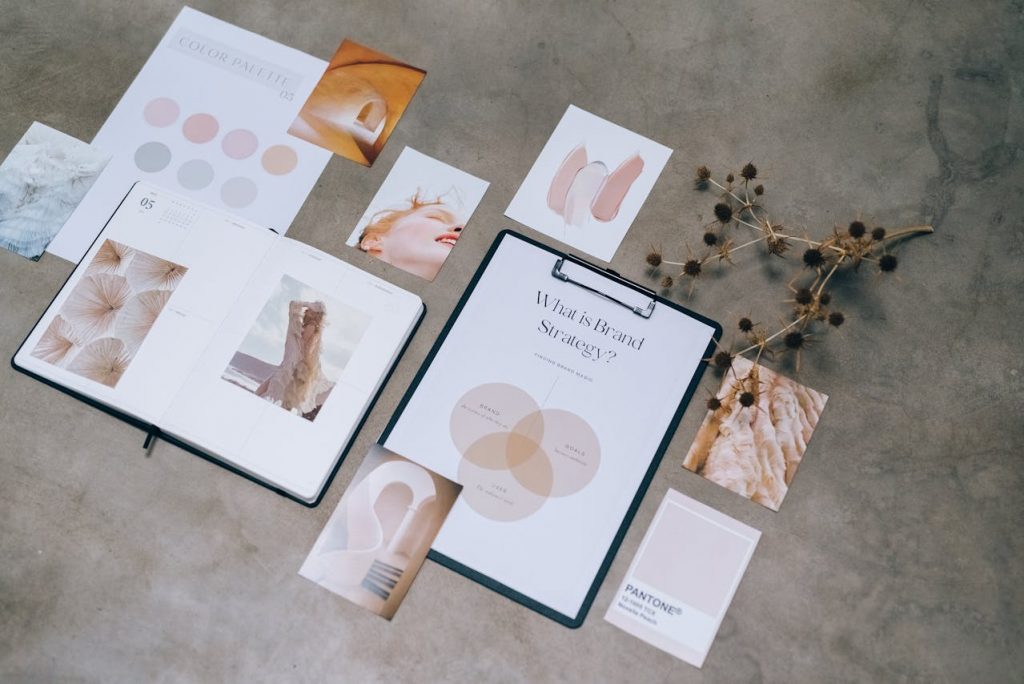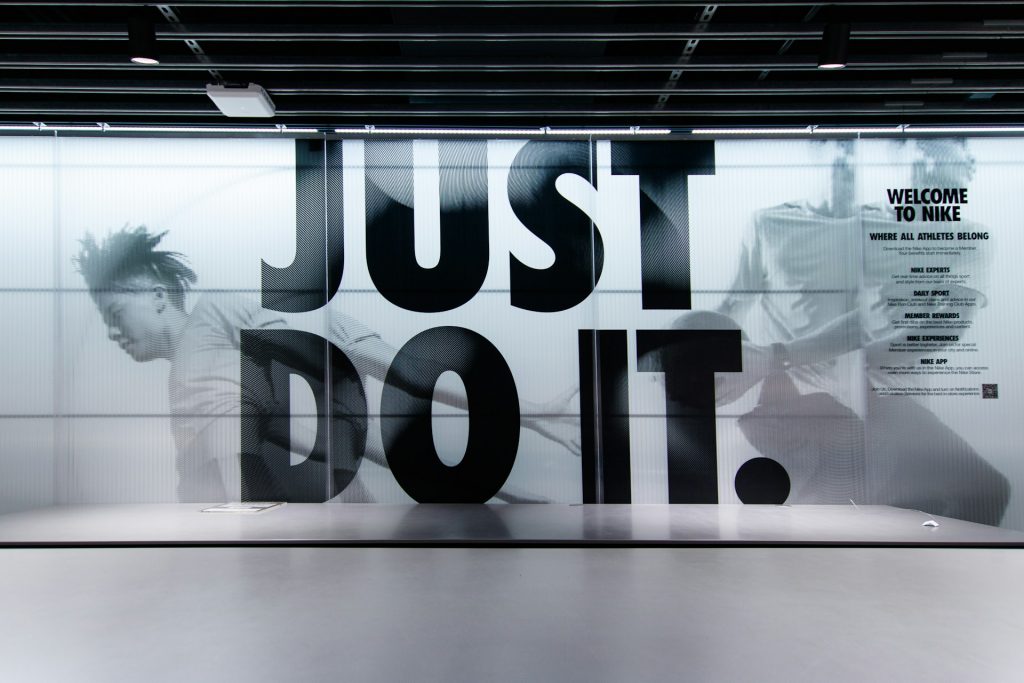How to Find Your Brand Voice
Having a unique and consistent brand voice is essential in today’s crowded marketplace. It’s not just about what you say, it’s about how you say it. Your brand voice shapes how customers perceive you, builds trust, and differentiates you from competitors.
As an agency specialising in PR and branding, One Voice Media have helped countless businesses find and refine their brand voice. Here’s how you can do the same.
1. Understand Your Brand’s Core Values
Your brand voice should reflect your company’s mission, vision, and values. Start by identifying what your brand stands for. Are you innovative and forward-thinking, or traditional and trustworthy? Do you prioritise sustainability, luxury, or affordability? Knowing your core values provides a foundation for a voice that resonates authentically with your audience.
2. Define Your Audience
Understanding who you’re speaking to is key. Are your customers young students, busy parents, or corporate executives? Each audience has its own preferences, language, and expectations. Conduct market research, create audience personas, and analyse your existing customer base to tailor a voice that speaks directly to them.
3. Analyse Your Current Communication
Take a close look at your existing content; from social media posts and emails to website copy and advertising materials. Is your tone consistent across all channels? Does it align with your brand’s values and resonate with your target audience? Identify what’s working and what isn’t to guide your voice development.

4. Study Competitors and Industry Leaders
While you want to stand out, it’s helpful to see how others in your industry communicate. Analyse competitors and industry leaders to understand the tone and style they use. What can you learn from them? What can you do differently to ensure your voice is unique and memorable?
5. Choose Your Tone and Style
Decide on the tone that best fits your brand. Should your voice be formal or casual? Friendly or authoritative? Humorous or serious? Your tone might vary slightly depending on the platform – for instance, a more casual approach on social media and a professional tone in formal reports – but the underlying style should remain consistent.
Examples of Companies with Clear Brand Voices
Here are a few well-known brands with distinct voices and how they developed them:
Innocent Drinks – Playful & Quirky
Brand Voice: Friendly, informal, and humorous. They use casual, playful language with a chatty tone.
Development: Innocent built its voice around authenticity and relatability. From their early days, they wanted to feel like a fun, approachable friend rather than a corporation. This is reflected in their product packaging, social media, and advertising.
Example: Quips like “stop looking at my bottom” on the base of their cartons.
Mailchimp – Quirky yet Professional
Brand Voice: Fun, conversational, but still knowledgeable. They avoid corporate jargon and communicate in a way that makes technical topics easy to understand.
Development: They defined their brand voice as being “empowering, relatable, and straightforward.” Their tone varies based on the context, but they always aim to sound human.
Example: Instead of saying: “Your email campaign has been successfully delivered,” they say, “High fives! Your email is on its way.”

Nike – Motivational & Bold
Brand Voice: Inspirational, energetic, and concise. They use short, punchy statements to drive action.
Development: Nike’s voice is deeply tied to its mission of pushing athletes to be their best. Their messaging consistently reinforces empowerment and determination.
Example: “Yesterday you said tomorrow.”
Airbnb – Warm & Inclusive
Brand Voice: Friendly, welcoming, and community-focused. They use empathetic language that fosters a sense of belonging.
Development: Airbnb’s voice aligns with its mission of making people feel at home anywhere in the world. Their messaging is crafted to build trust and connection.
Example: “Belong anywhere.”

6. Create Brand Voice Guidelines
Once you have settled on a brand voice, document it to ensure consistency across all communication channels. This should include:
- Tone: Define whether your brand is casual, formal, playful, etc.
- Language: Highlight preferred vocabulary, phrases, and any words to avoid.
- Personality Traits: Identify characteristics that describe your brand (e.g., approachable, innovative, reliable).
- Examples: Provide examples of on-brand and off-brand communication.
These guidelines will serve as a reference for anyone creating content for your brand.

7. Train Your Team
Ensure that everyone involved in your brand’s communication, from marketing and PR teams to customer service reps, understands and embodies your brand voice. Conduct training sessions, provide ongoing feedback, and regularly revisit your brand guidelines to keep everyone aligned.
8. Test and Refine
Your brand voice isn’t set in stone. Monitor how your audience responds to your messaging and be prepared to make adjustments. Use analytics, customer feedback, and engagement metrics to evaluate the effectiveness of your voice and refine it as needed.
Partner with Us to Perfect Your Brand Voice
Finding your brand voice can be challenging, but you don’t have to do it alone. As a branding agency in Devon, we specialise in helping businesses uncover and develop a voice that not only reflects their values but also connects with their audience. We can help you craft comprehensive brand guidelines, to ensure your brand speaks with clarity and confidence.
Ready to find your voice? Contact us today to get started.



